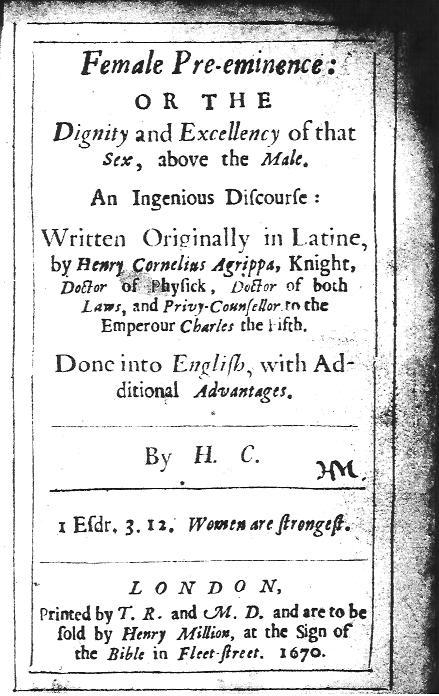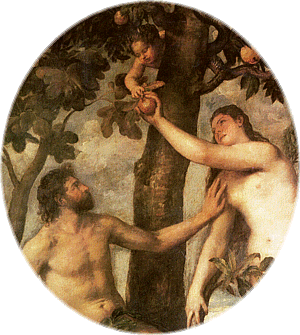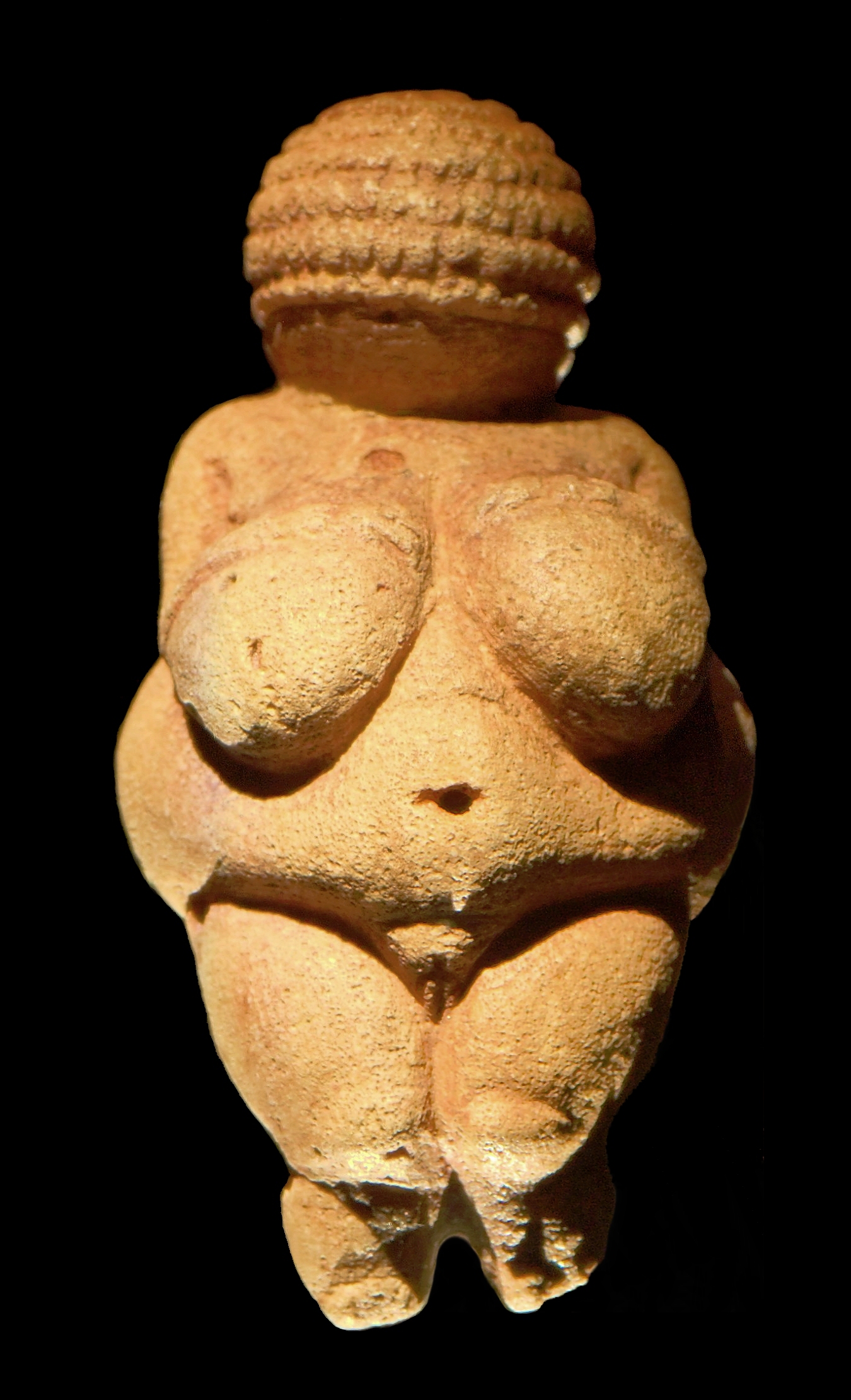Being lovestruck means constantly thinking of that special someone who has completely captured your heart. But did you know that in Middle Ages being lovesick was also common? I don't know about you but when I was growing up, hearing about someone being lovesick was like a myth or something you would find in the pages of a romance novel. According to Merry Wiesner-Hanks, "Too intense love could lead to lovesickness, which in the Middle Ages was generally viewed as a ailment afflicting aristocratic men but in the early modern era became more associated with young women. Love might lead women to hysteria in which passion took over their ability to control their bodies or minds" (37). Upon first reading this Wiesner-Hanks' explanation I began to wonder if the idea of lovesickness was really just another way in which philosophers and theorists of the Middle Ages could place the blame on women for being overly emotional and dramatic. According to Nancy Dzaja author of "Lovesickness: The Most Common Form Of Heart Disease", "Many of the described symptoms of lovesickness are consistent across time and place, including fever, agitation, loss of appetite, headache, rapid breathing, and palpitations" (1). It seems to me that all of these symptoms can also be attributed to emotional stress or anxiety. And its no secret that the Middle Ages was full of stressful situations that could cause anyone to have a panic attack or an emotional breakdown.
Even more outrageous than the symptoms of lovesickness are the remedies that Dzaja provides. According to Dzaja, "The disease had serious consequences: failure to treat an afflicted patient could result in losing one’s genitalia, death, or eternal damnation. Treatments were creative and varied widely, from herbal remedies to the prescription of sexual intercourse, to drinking water that had been boiled in the desired person’s underwear" (1). Upon an analysis of both the Wiesner-Hanks and Dzaja texts, I find it interesting that for a time period where love was not a top priority, so much emphasis was placed upon this idea of lovesickness. Many marriages were arranged and acted as contracts, often love was not a factor. Could lovesickness happen to only married people who were unhappy with their partner? If only women were blamed for being too emotional, why is it that men often contracted this sickness as well? One of the prescriptions for lovesickness is sexual intercourse, does this mean that women were given the 'doctor's permission/approval' to have promiscuous sexual relations in order to cure their sickness?
Today the idea of someone being lovestruck or lovesick applies to hopeless romantics and it is not considered an actual medical condition. During the Middle Ages however, lovesickness was considered a medical crisis in which the patient could possibly die if treatment was not administered. It seems that a time period that focused on trying to keep emotions out of the equation, added to their own problems by believing that lovesickness was an actual, physical threat.
Image From: Lovesickness: The Most Common Form of Heart Disease
Works Cited
-Wiesner-Hanks, Merry E.
Women and Gender in Early Modern Europe. New York: Cambridge University Press, 2008.
-Dzaja, Nancy. "Lovesickness: The Most Common Form of Heart Disease." The University of Western Ontario Medical Journal, Vol. 78:1 (2008). http://www.medievalists.net/2011/08/28/lovesickness-the-most-common-form-of-heart-disease/









